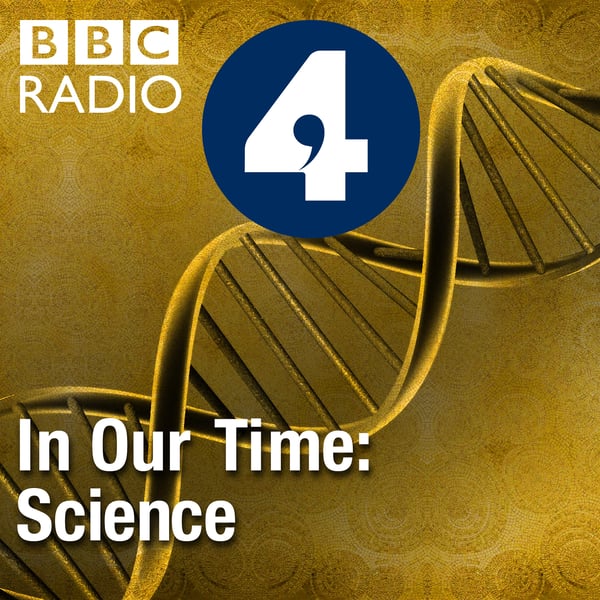The Fibonacci Sequence
In Our Time: Science
BBC
4.5 • 1.4K Ratings
🗓️ 29 November 2007
⏱️ 42 minutes
🧾️ Download transcript
Summary
Transcript
Click on a timestamp to play from that location
| 0:00.0 | Thanks for down learning the In Our Time podcast. For more details about In Our Time and for our terms of use, please go to BBC.co.uk. |
| 0:09.0 | I hope you enjoy the program. |
| 0:11.0 | Hello. 0.1, 1, 1, 2, 3, 5, 8, 13, 21, 34, I could go on and infinitum. |
| 0:21.6 | This is the beginning of the Fibonacci sequence, a string of numbers |
| 0:24.8 | named after but probably not invented by the 13th century Italian mathematician Fibonacci. |
| 0:30.1 | It may seem like a piece of mathematical arcanania, but the Fibonacci sequence is found to appear |
| 0:35.2 | time and time again among the structures of the natural world and even in the products of |
| 0:39.2 | human culture. From a pathanan to pine cones from the petals on a |
| 0:42.8 | sunflower to the paintings of Leonardo da Vinci, |
| 0:45.1 | the Fibonacci sequence appears to be written into the world around us. |
| 0:48.4 | But what does it signify? |
| 0:50.0 | With me to discuss the Fibonacci sequence, a Jackie Studdle, junior research fellow in the history of mathematics at the Queens College, Oxford, |
| 0:57.0 | Ron Nott, visiting fellow in the Department of Mathematics at the University of Surrey, and Marcus Josotoy, Professor of Mathematics of Waddam College, Oxford. |
| 1:04.0 | Marcus Yisotoy, the Fibonacci sequence named after a 13th century |
| 1:07.6 | telemedician, a mathematician. He was Leonardo of Peas at the time. Can you tell us a little about him |
| 1:14.8 | yeah he's an incredibly important person really in the history of mathematics because |
| 1:19.8 | Europe before Fibonacci really was in the dark ages mathematically definitely. |
| 1:24.4 | I mean they were still using Roman numerals. |
| 1:27.2 | They hadn't got the developments that have been happening in the east. |
| 1:30.3 | India had developed these wonderful numerals,aught one two three up to nine and |
| 1:34.2 | his Fibonacci who actually learned about this and brought a lot of these ideas |
| 1:39.0 | to Europe so he's a key sort of lyninchpin in the whole history of mathematics. |
... |
Please login to see the full transcript.
Disclaimer: The podcast and artwork embedded on this page are from BBC, and are the property of its owner and not affiliated with or endorsed by Tapesearch.
Generated transcripts are the property of BBC and are distributed freely under the Fair Use doctrine. Transcripts generated by Tapesearch are not guaranteed to be accurate.
Copyright © Tapesearch 2025.

